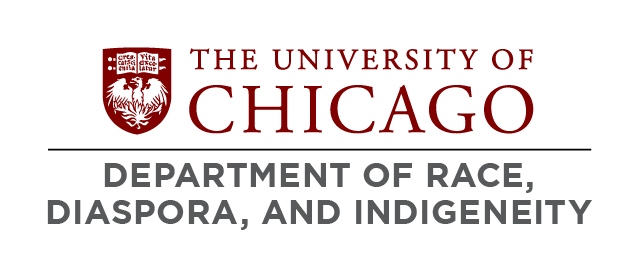
I study the art made by Indigenous people in Mesoamerica before and in the decades immediately after the Spanish invasion. My work involves reckoning with the ways that colonial frameworks shape every aspect of my discipline, from the concept of art and the hierarchies it reinforces, to the definition of Mesoamerica as a culture area and the way it obscures the interconnectedness of Indigenous communities across national borders.
My most recent book, Unseen Art: Making, Vision, and Power in Ancient Mesoamerica (University of Texas Press, 2023), examines the conditions under which powerful things that we now call sculpture were viewed and experienced. By focusing on examples that were intended to be difficult or impossible for humans to see after their moment of making, I emphasize the distance between the ancient experience of these works and our modern encounters with them in museums, in the process exploring how what were once sacred beings came to be considered inert art objects.
My next book project interrogates the ways that we describe, classify, and talk about the remains of the ancient American past. For over three millennia, trade, pilgrimage, migration, and warfare have linked people together, both within the linguistically and ethnically diverse territory we now call Mesoamerica and beyond. Despite the vast number of skillful works that testify to deep and complex histories of interaction, our models for explaining the Mesoamerican past often emphasize closed cultural units, casting instances of intercultural exchange as exceptional moments rather than a baseline expectation for human experience. What lies behind our imagining of ancient Mesoamerican political units, in other words, is the modern nation state, with its fictions of an ethnically and linguistically homogenous population, confined within territorial borders that demand constant policing. This, in turn, has led me to reflect on a longer history whereby monumental Mesoamerican antiquity has been used to attempt modern Indigenous erasure, dating back to John Lloyd Stephens’ first travelogues of his journeys in the Maya region in the 1830s and 40s.
 THE UNIVERSITY OF CHICAGO
THE UNIVERSITY OF CHICAGO

